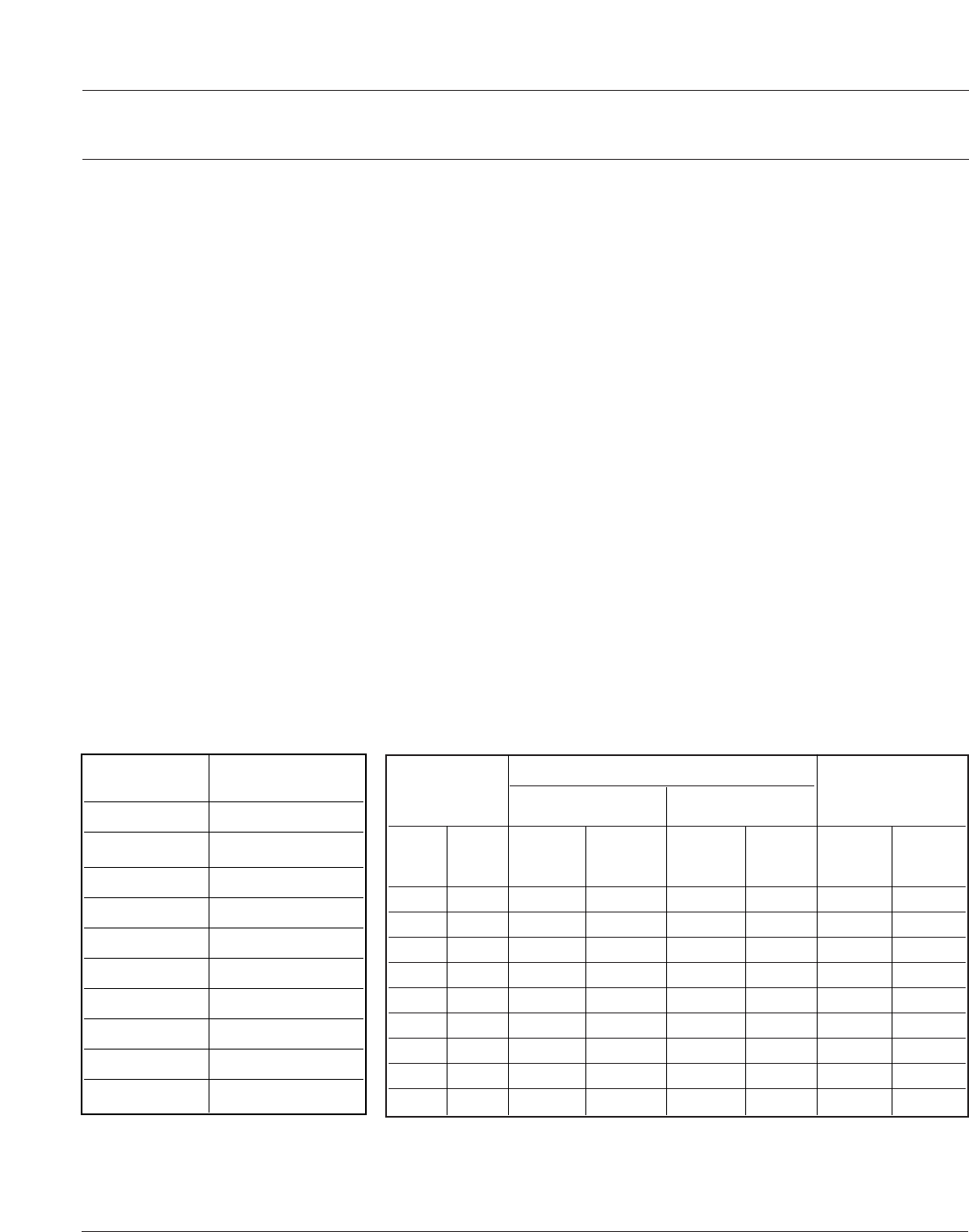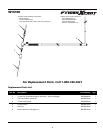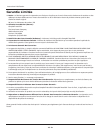
Electrode Direct Current (amps) Alternating Current
Diameter Electrode Negative Electrode Positive (amps)
Polarity Polarity
Tungsten Tungsten Tungsten
(in) (mm) Pure with Pure with Pure with
Tungsten Oxides Tungsten Oxides Tungsten Oxides
0.02 0.5 2-20 2-20 N/A N/A 2-15 2-15
0.04 1.0 10-75 10-75 N/A N/A 15-55 15-70
1/16 1.6 40-130 60-150 10-20 10-20 45-90 60-125
5/64 2.0 75-180 100-200 15-25 15-25 65-125 85-160
3/32 2.4 130-230 170-250 17-30 17-30 80-140 120-210
1/8 3.2 160-310 225-330 20-35 20-35 150-190 150-250
5/32 4.0 275-450 350-480 35-50 35-50 180-260 240-350
3/16 5.0 400-625 500-675 50-70 50-70 240-350 330-460
1/4 6.3 550-875 650-950 65-100 65-100 300-450 430-575
Striking an arc:
Turn on the welder and the gas valves
on the gas bottle, regulator, and torch.
Rest the torch nozzle on the base
metal to be welded without the
Tungsten electrode touching the base
metal.
Rotate the torch so that the Tungsten
electrode lightly touches the base
metal and immediately lift off or rotate
off as the arc ignites.
Keep the Tungsten 1/8” - 3/16” from
the work piece while maintaining the
arc.
As the metal gets hot, it becomes a
shiny orange molten puddle. Dip the
filler metal rod in the puddle to add
filler metal.
Model WT6100
5
Pre-TIG Welding tips:
TIG welding is much harder to master
than other welding processes.
Experience welding with an Oxy-
Acetylene (flame power) torch will help
greatly with learning TIG welding.
CLEAN the area to be welded.
Cleanliness is imperative. You can’t get
the base metal too clean. There is no
flux to float off impurities with the TIG
process.
Cut filler metal rods to shorter lengths
for easier control. Usually TIG filler
metal comes in 36” lengths. It is much
easier to handle if it is 18” or 12”. Clean
the filler metal with alcohol and a clean
white cloth. Dirt and dust contaminate
a weld.
TIG welding gives off less light than
other arc welding processes, but you
must still use a #10 minimum shade
welding lens to protect your eyes.
Get yourself into a comfortable
position to weld. Seated with your arms
supported by a welding table or by the
work-piece.
Tips while TIG welding:
Always let the filler metal rod be
melted by the molten puddle. NOT
by the torch.
Never touch the hot Tungsten
electrode to the molten puddle. The
molten steel will be wicked up by the
Tungsten, contaminating the electrode.
When you contaminate the Tungsten
with steel, stop welding and re-grind
the point of the electrode, removing
the steel contamination.
When you burn a hole through the
base metal, stop welding and let the
weld cool before re-starting the arc.
Before making an important TIG weld,
practice on a test piece. TIG welding is
an art, and practice improves quality.
There is a lot of self-satisfaction to
mastering this welding process and
seeing that perfect weld.
www.chpower.com
Identifcation
Color
Oxide
Green None
Blue 0.4% ThO
2
Yellow 1.0% ThO
2
Red 2.0% ThO
2
Violet 3.0% ThO
2
Orange 4.0% ThO
2
Brown 0.3% ZrO
2
White 0.8% ZrO
2
Black 1.0% LaO
2
Grey 2.0% CeO
2
TIG Electrode Identification Recommended TIG Parameters for Optional Electrodes


















